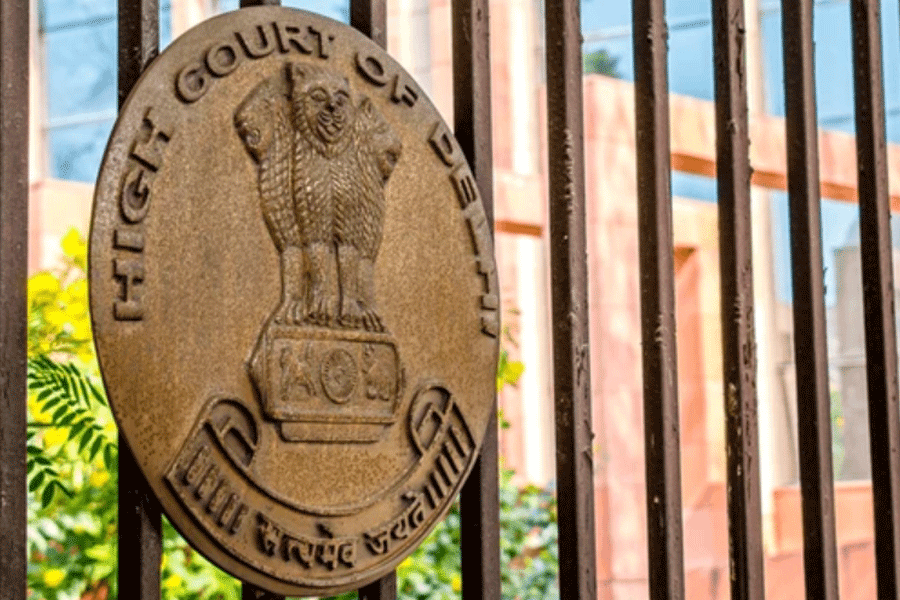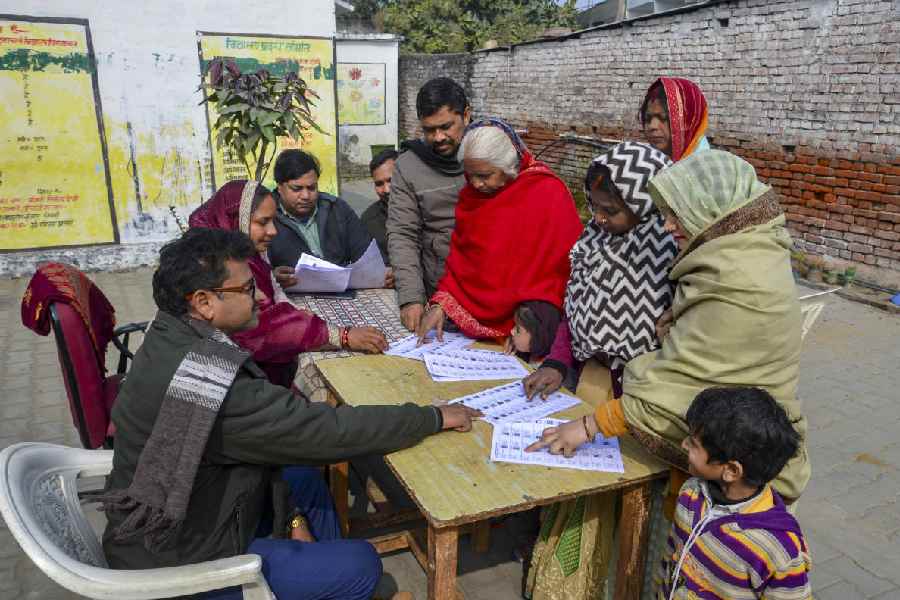 |
New Delhi, April 17: A new study suggests the Ganga plain has been a grassland with human activity for 15,000 years, and was not an uninhabited zone of dense forests where humans didn’t venture until 3,500 years ago, as generally believed.
The study by scientists in Lucknow with collaborators in Germany and the US is the first to reconstruct variations in monsoon and vegetation in the Ganga plain in prehistoric times and connect the climatic changes to human activity.
The scientists from the Birbal Sahni Institute of Palaeobotany and Lucknow University analysed pollen and chemical signatures in mud dug up from a two-metre-deep hole in the dry lake bed of Sanai Tal, between Rae Bareli and Lalganj in eastern Uttar Pradesh.
Ancient pollen yields information about vegetation, while changes in the monsoon are reflected in the signatures of chemical elements buried in lake sediments.
“Our findings suggest that people lived in the Sanai lake region 15,000 years ago,” said Mohan Singh Chauhan, a scientist at Birbal Sahni Institute.
Shikha Sharma, a scientist with the University of Wyoming in the US, was the lead investigator of the study published in the latest issue of the journal Current Science.
“This is bound to change ideas about human settlements in the Ganga plain,” said Indra Bir Singh, a geologist with Lucknow University who collaborated in the study.
“It has been assumed that the Ganga plain was covered by dense forests that prevented people from settling there until about 3,500 years ago, by which time they had developed tools to clear forests and move in,” Singh said.
But the Sanai lake bed tells a different story: of a seesawing monsoon affecting vegetation and human activity.
The pollen analysis shows that the Ganga plain was a savannah grassland with a few pockets of forests. The scientists also found “cultural pollen” ? pollen from plants that grow at sites of human habitation.
“Cultural pollen is indirect evidence for human presence and we found it throughout the 15,000-year history of Sanai Tal,” Chauhan said.
The lake itself formed about 12,500 years ago, during a period when the monsoon gained in strength. But the region experienced a 1,000-year spell of dry weather between 11,500 years and 10,500 years ago. During the period, there was a clear decline in the growth of trees around the Sanai Tal, the scientists said.
The levels of cultural pollen ? in other words, human activity in the region ? also dramatically declined during this dry spell.
The studies show the largest expansion of the lake occurred between 10,000 years and 5,800 years ago, a period corresponding to heavier monsoons. Early during this period, Chauhan said, the region witnessed the beginnings of agriculture.
Excavations at some 9,000-year-old sites in Pratapgarh district, about 100 km east of Sanai Tal, had earlier shown evidence of farming.
From 5,000 years ago to the present, the levels of cultural pollen ? including pollen from cultivated plants ? increases significantly. During this period, the Ganga plain is believed to have witnessed a largescale influx of people.










